This Week At Angama #107
21 February 2020 | This Week at Angama | Adam Bannister
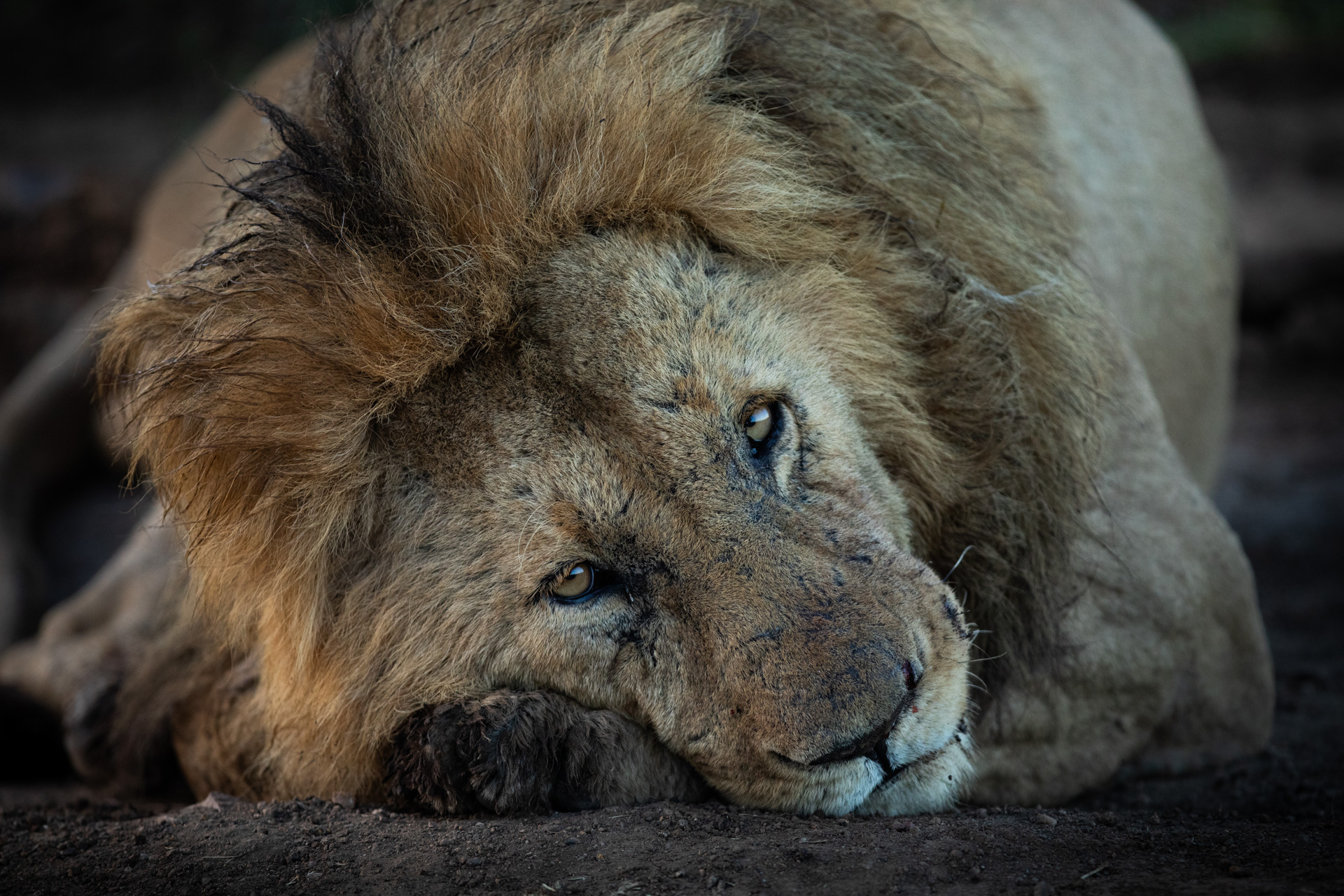
Every week is different. As visitors to the Maasai Mara, we are simply observers; an audience if you like. You simply never know which characters are going to appear. Every evening the stage is cleared and every game drive we go out wondering which of the cast will be on show. Therein lies the excitement of safari. In saying that, there are a few characters who are a little more regular in their appearances. I thought that this week I would share just a few of them, and provide some recent news and gossip from the grasslands of the Mara. Enjoy This Week At Angama. [f 2.8, 1/640, ISO 1600, -0.67]

About a hundred meters away from the Oloololo Gate (one of the park entrances to the Mara Conservancy) stands a termite mound, directly beside the main road. Inside the termite mound lives a massive business of banded mongoose, perhaps as many as 40 of these delightfully gregarious creatures. Every morning they bathe in the sun, before heading out as a troop, searching the grasslands and terrorising the insect community. [f 5.6, 1/2000, ISO 250, -0.33]
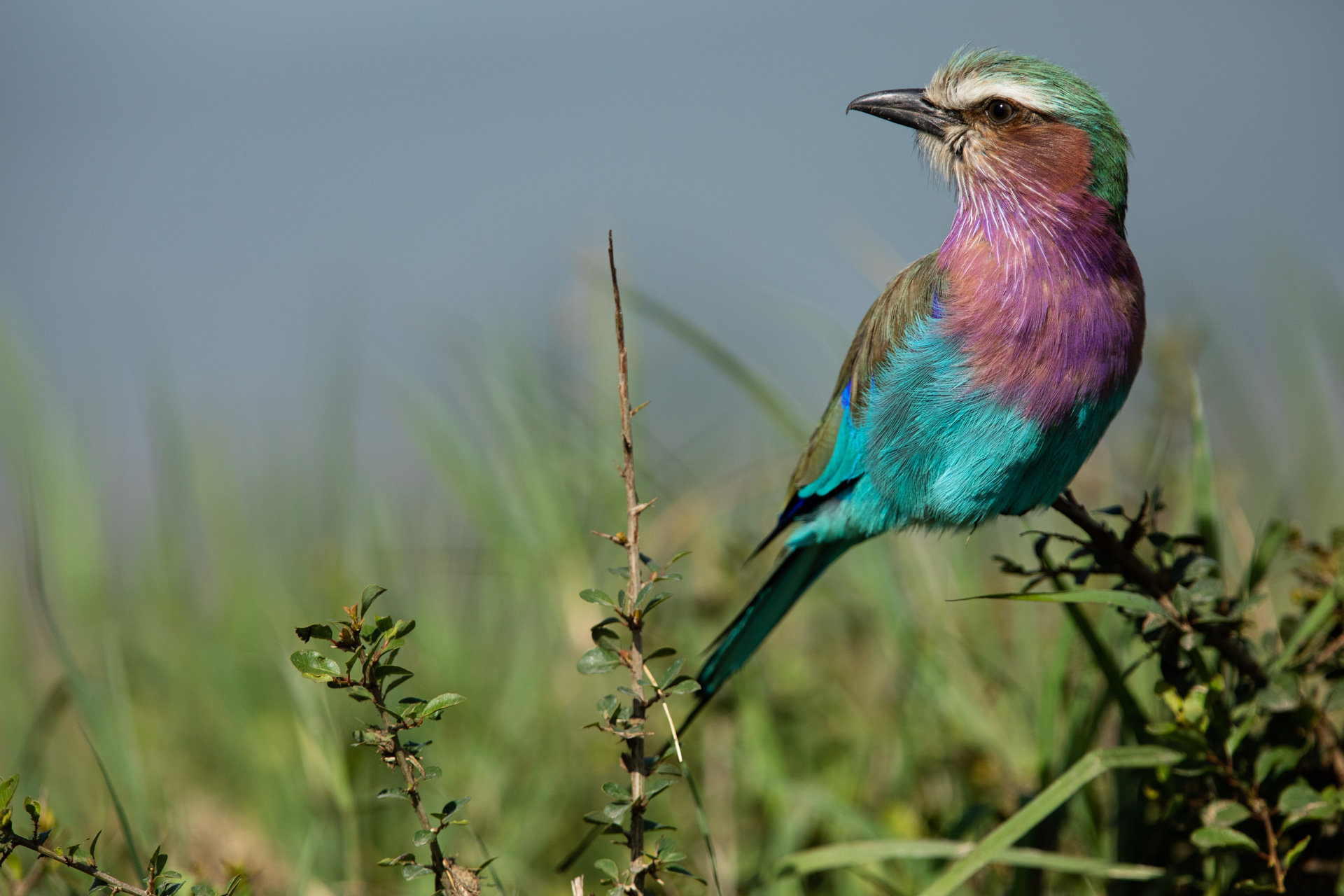
If you drive along the lower river road, towards the hippo pools, you will see this lilac-breasted roller. He sits, always on the same branch, just off to the right of the road, about 200 meters from the single balanites tree. It’s almost as if he knows how good looking he is. He teases the tourists, working the branch as he turns from side to side. He prefers sunny days. He is well aware that everyone wants a photo of him in flight, but he will keep you on your toes, as his take-off is explosive and totally unpredictable. [f 4.0, 1/8000, ISO 500, -1.00]
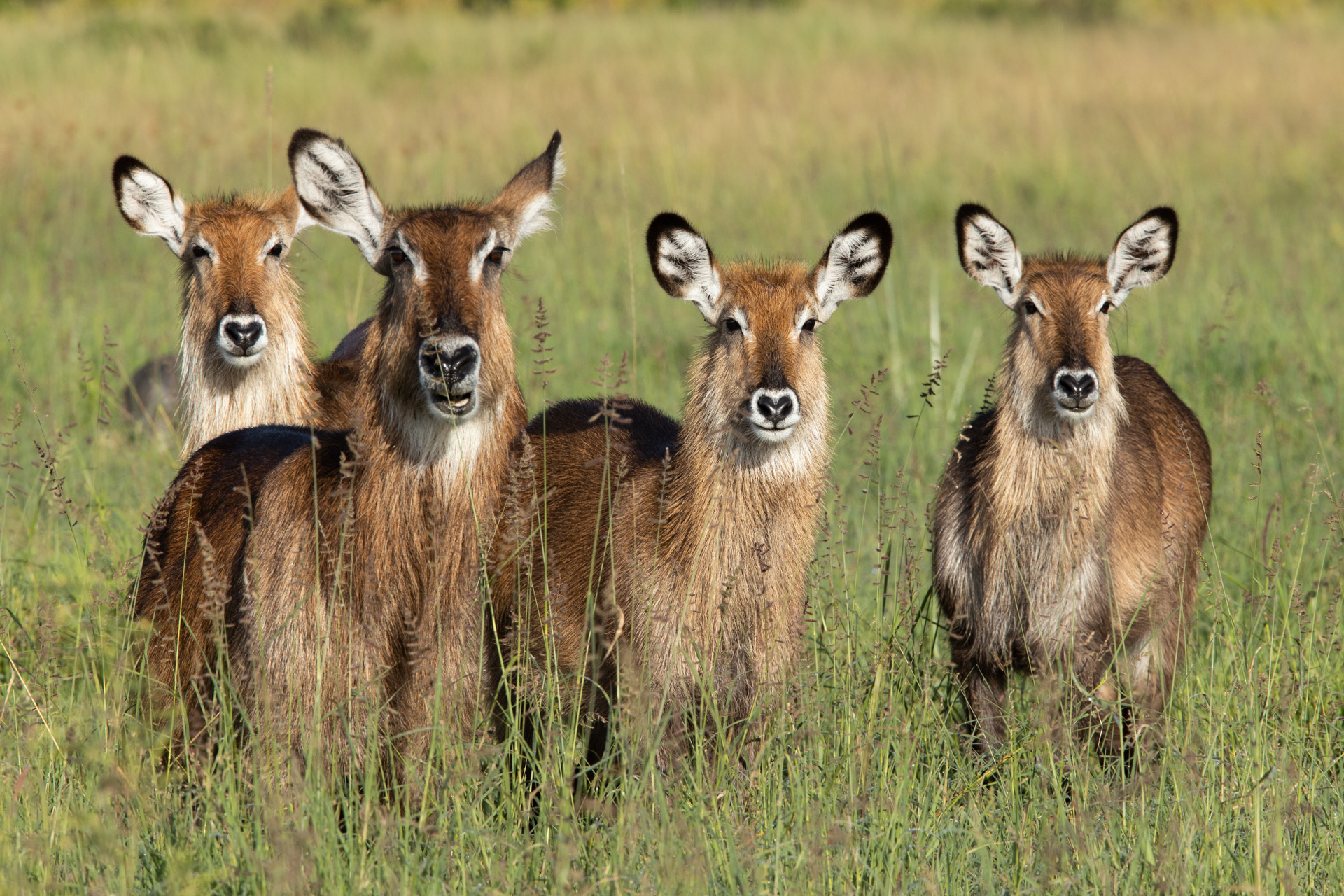
In a similar area to the proud Mr Roller, you will find the most beautiful families of waterbuck. The recent rains have turned this area into a swamp, and they are in heaven. They thrive in the water – just look at their big ears, smiling faces and glistening noses. [f 13.0, 1/400, ISO 500]

Further down the road lives another family of waterbuck. The oldest, and biggest, female of this family has a bent ear – something which makes her very easy to identify. I pass this area almost every single day, and so I know that these are relative newcomers to the marsh. They arrived about threee weeks ago. I watch with interest to see what develops. [f 5.6, 1/500, ISO 250]

This gorgeous creature is one of the stars of the Julia Donaldson children’s novel, The Ugly Five. “My wings are enormous, I’m hunched and I’m gangly, and look at my throat pouch – it’s all dingly-dangly.” [f 4.0, 1/8000, ISO 400, -1.00]
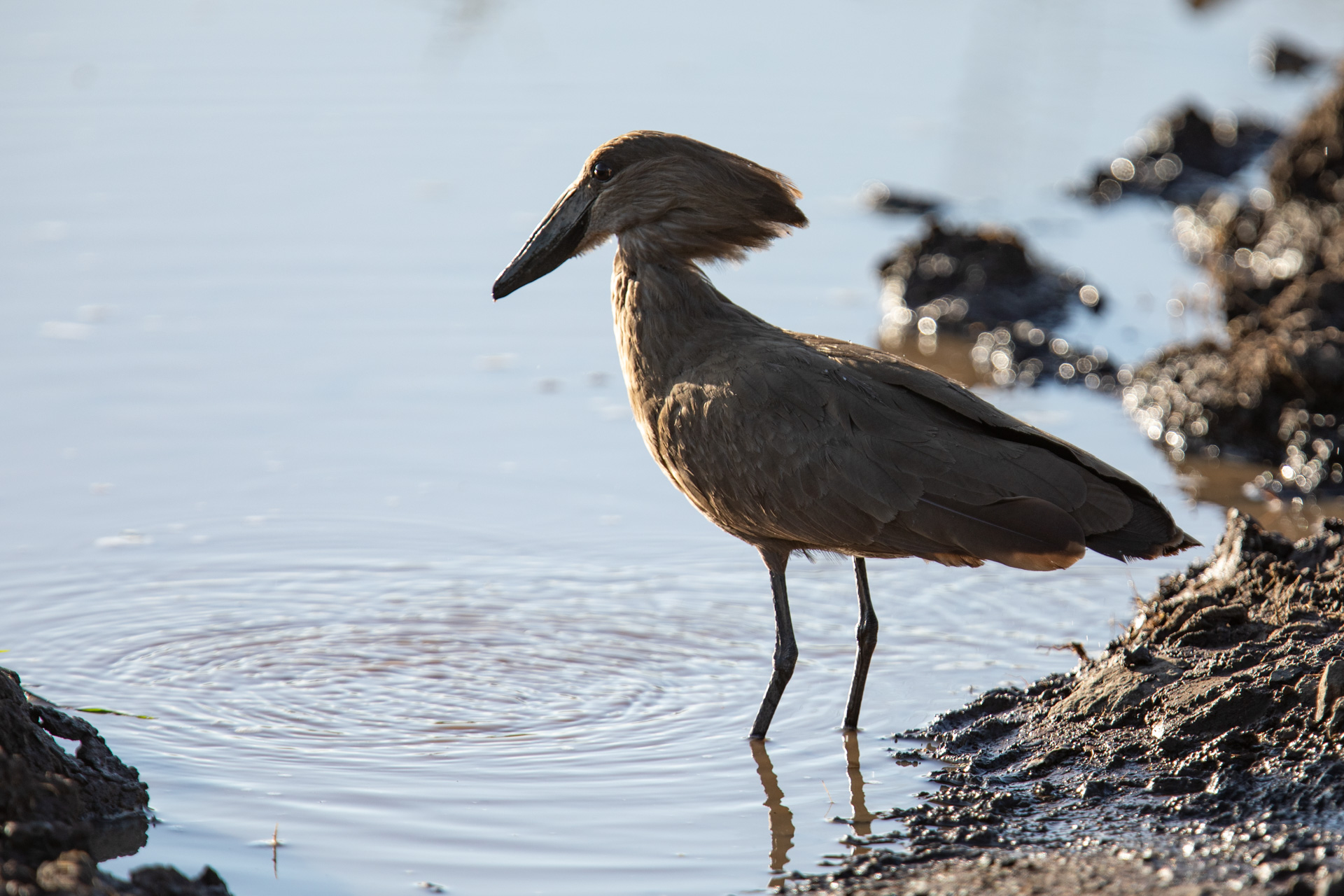
I am sad to report that the giant fig tree at Sheni crossing fell down in the recent rains. The water undercut at the bank and eventually there was no soil left to hold the magnificent tree. In the heart of this tree sat a massive hamerkop nest. Sadly, this nest is no more and so the friendly pair will have to move out and start looking for an alternative tree where they can start their next construction project. [f 4.0, 1/640, ISO 100, -0.33]

For many, it takes a lot of effort getting out of bed so early. Although game drives are best in the morning hours, it’s understandable that you may feel a little weary. I decided to try and take a creative photo of how sunrises may look to those who opt for the early start. [f 2.8, 1/80, ISO 250]
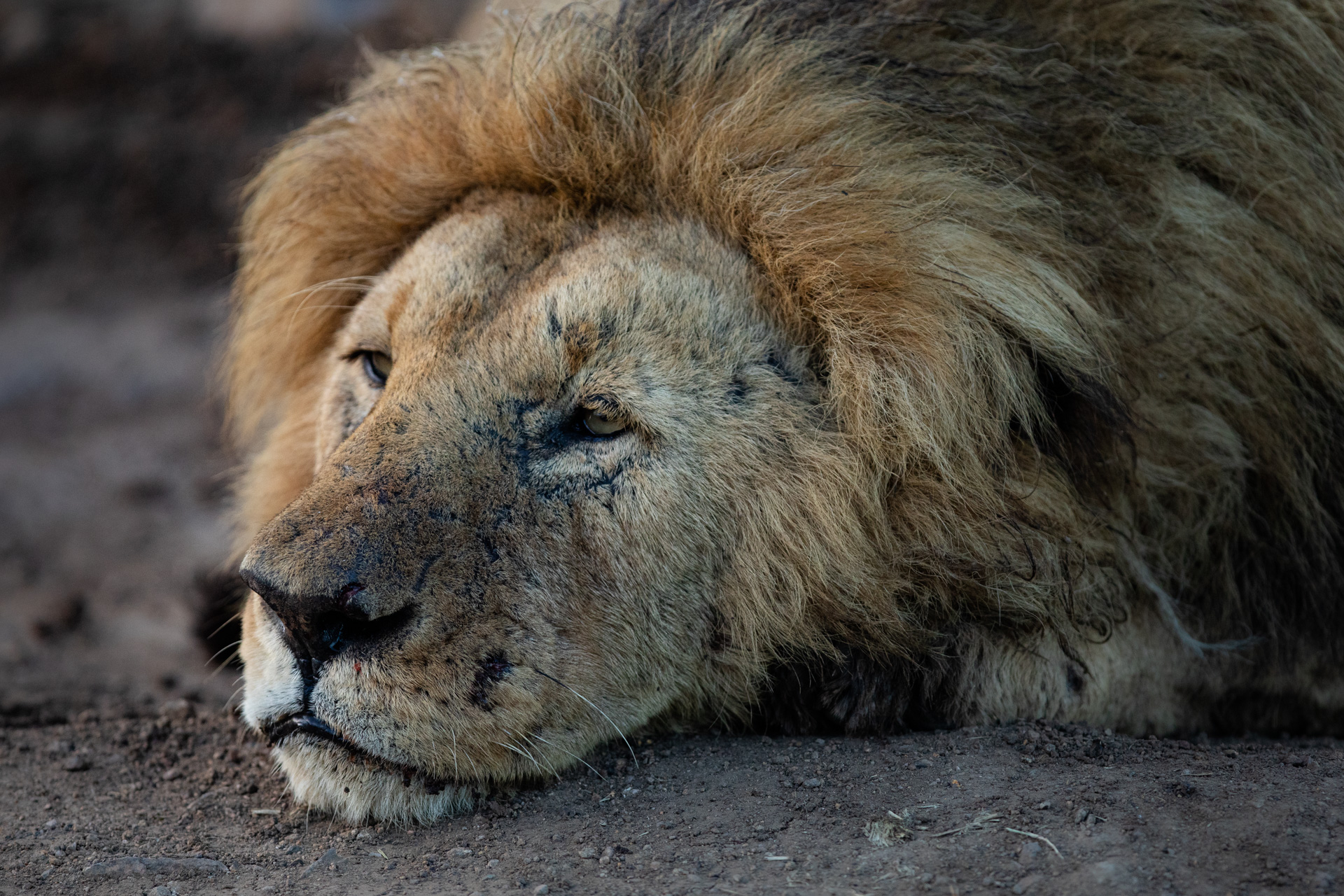
Of course, even the king likes to sleep in sometimes. This is Fang, brother to Short-tail. These two males are territorial of the entire northern sections of the Mara Triangle. They have been dominant since well before my arrival at Angama Mara, and have sired many cubs. One of the reasons he is looking so glum, is that his brother is on honeymoon – and Fang hasn’t been allowed to court the Marsh Breakaway Pride lioness. [f 2.8, 1/640, ISO 1600, -0.67]

Short-tail is incredibly good looking, and is a complete poser. There are myths and legends about how he lost the tip of his tail, but regardless of which story you choose to believe, there is no doubting his magnificence. Much to the annoyance of his brother who sulks down the road. [f 5.0, 1/200, ISO 200, -1.00]
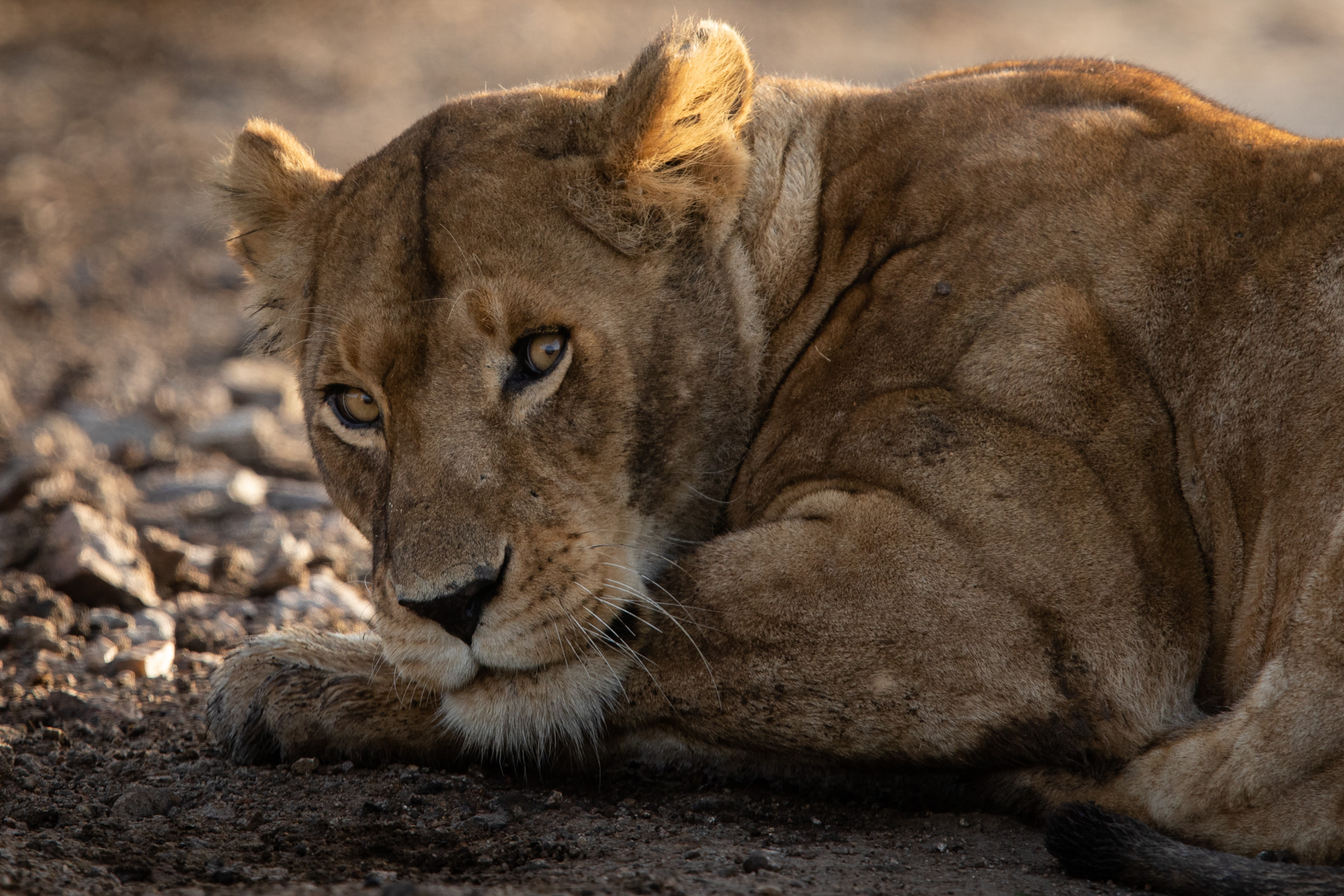
This pretty, and incredibly muscular lioness, is the lady of the moment – she has been mating with Short-tail and has been putting on a real show for us all. Here, she wakes from a mid-morning sleep, right in the middle of the road. [f 5.0, 1/400, ISO 400, -1.00]
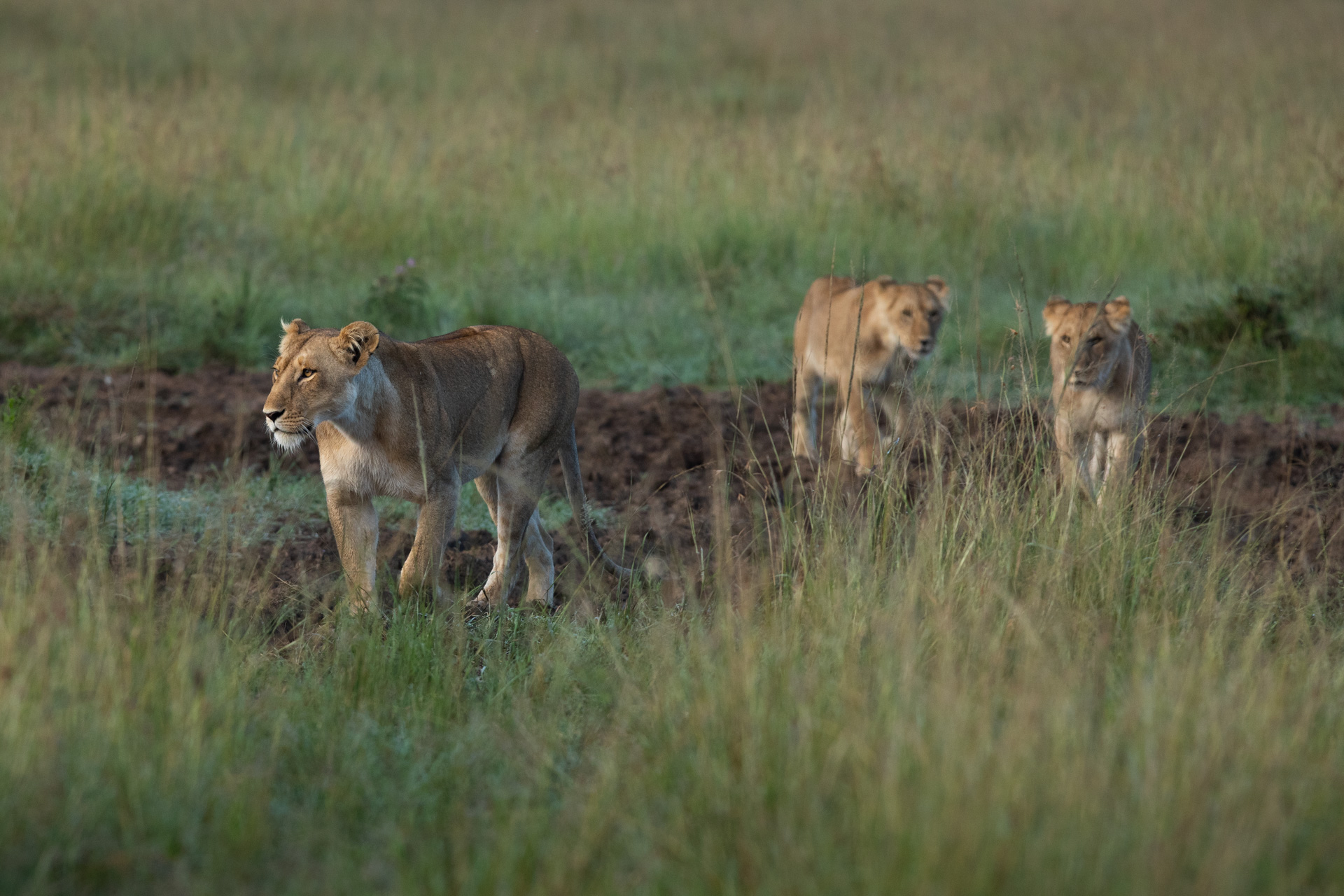
This lioness, who lives along the banks of the Mara River, used to be a part of a pride, but in recent months has been flying solo, bringing up two youngsters in the swampy grasslands called Kaburini. [f 5.0, 1/800, ISO 400, -0.67]
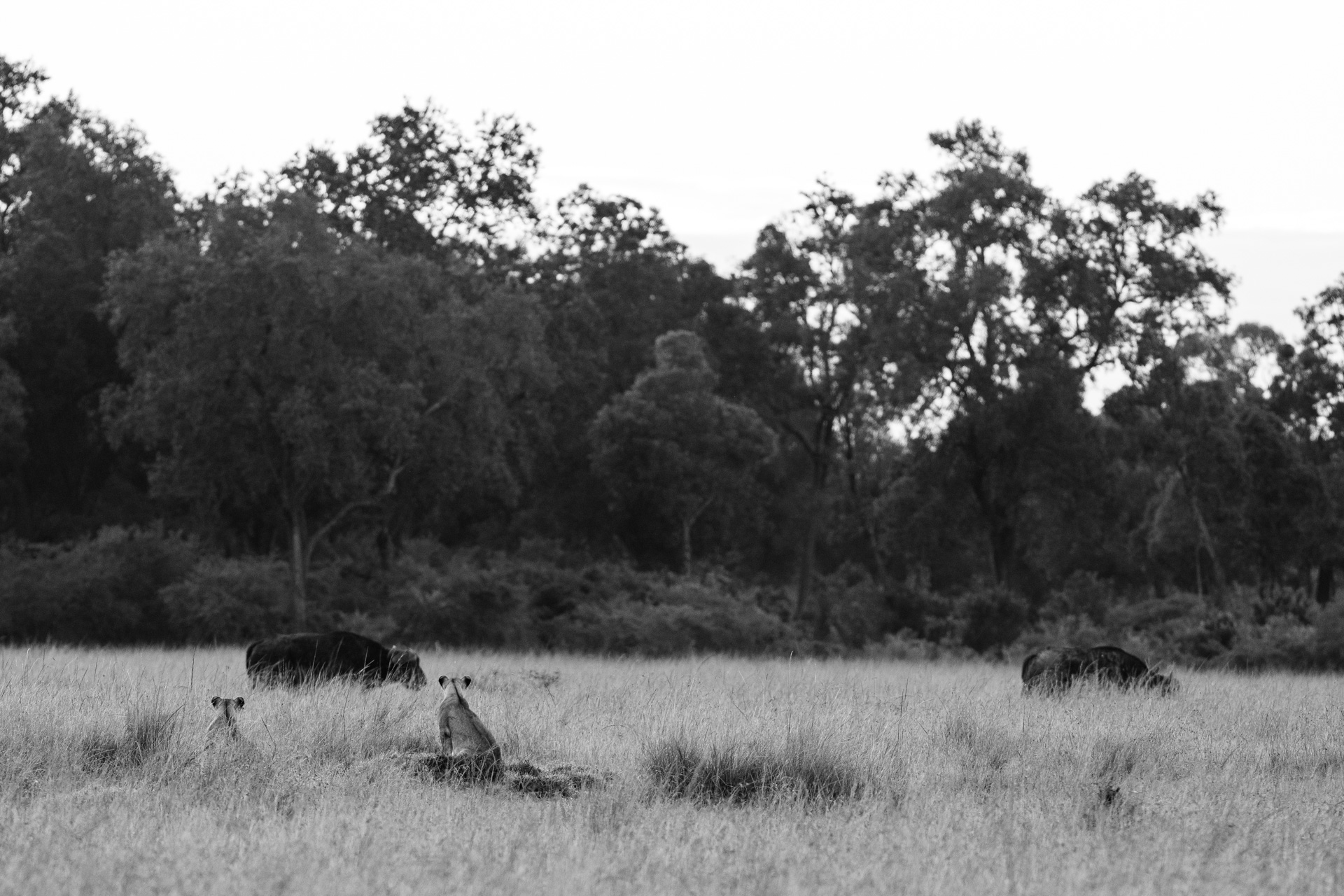
Biting off more than they can chew. Whilst their mother is off hunting, the two sub-adults are left in the swampy area by themselves. During the course of the day they will come across characters of their own – some of which are better left alone. [f 4.5, 1/500, ISO 800, -0.67]
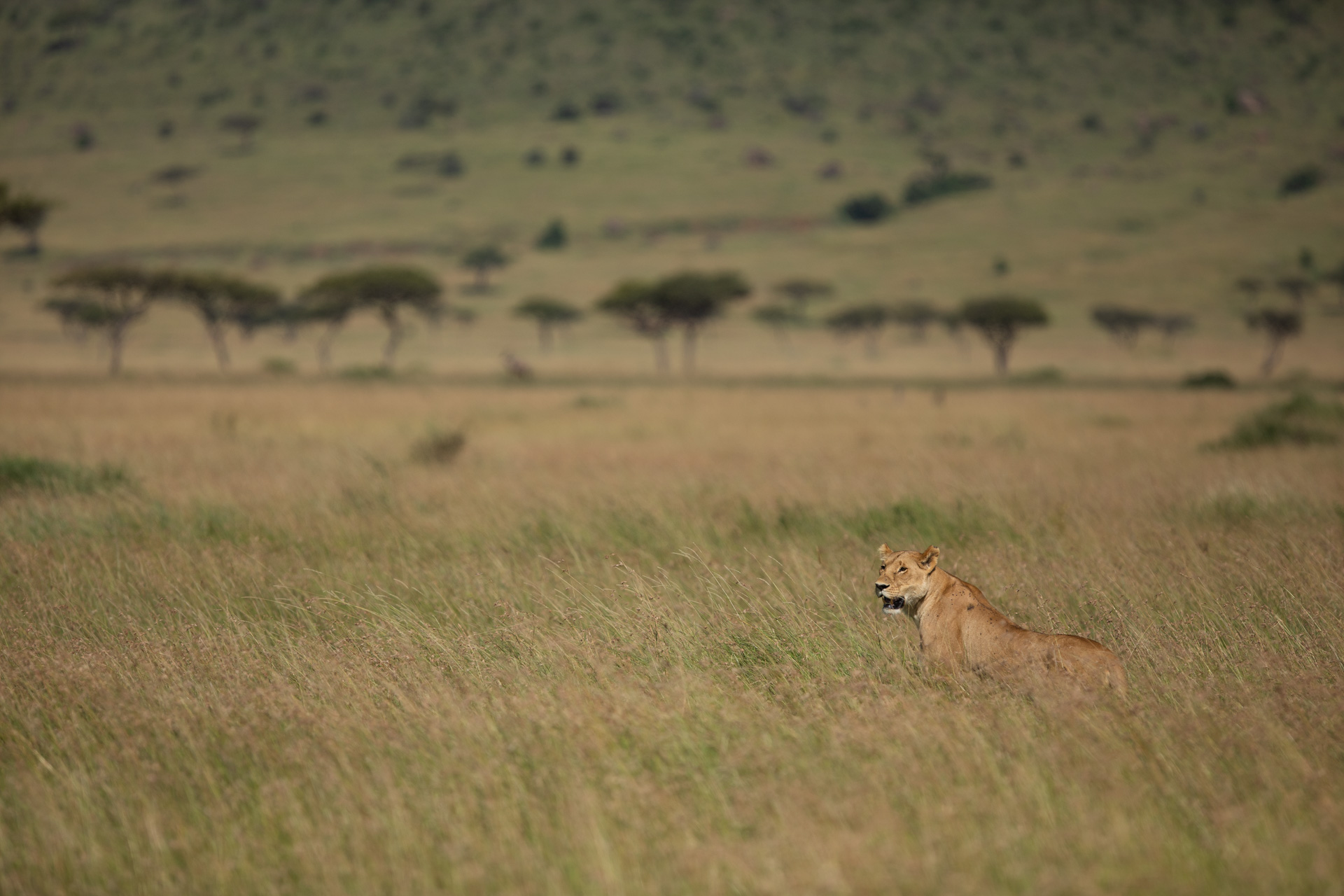
What you can’t see in this photograph is that beside this Owino Pride lioness are two small cubs – some of the latest additions to the Mara lion community. The cubs, believed to be younger than two months, are in the midst of a rather torrid time. The reason: male lions who are not their dad keep following them. [f 3.2, 1/8000, ISO 160, -1.00]
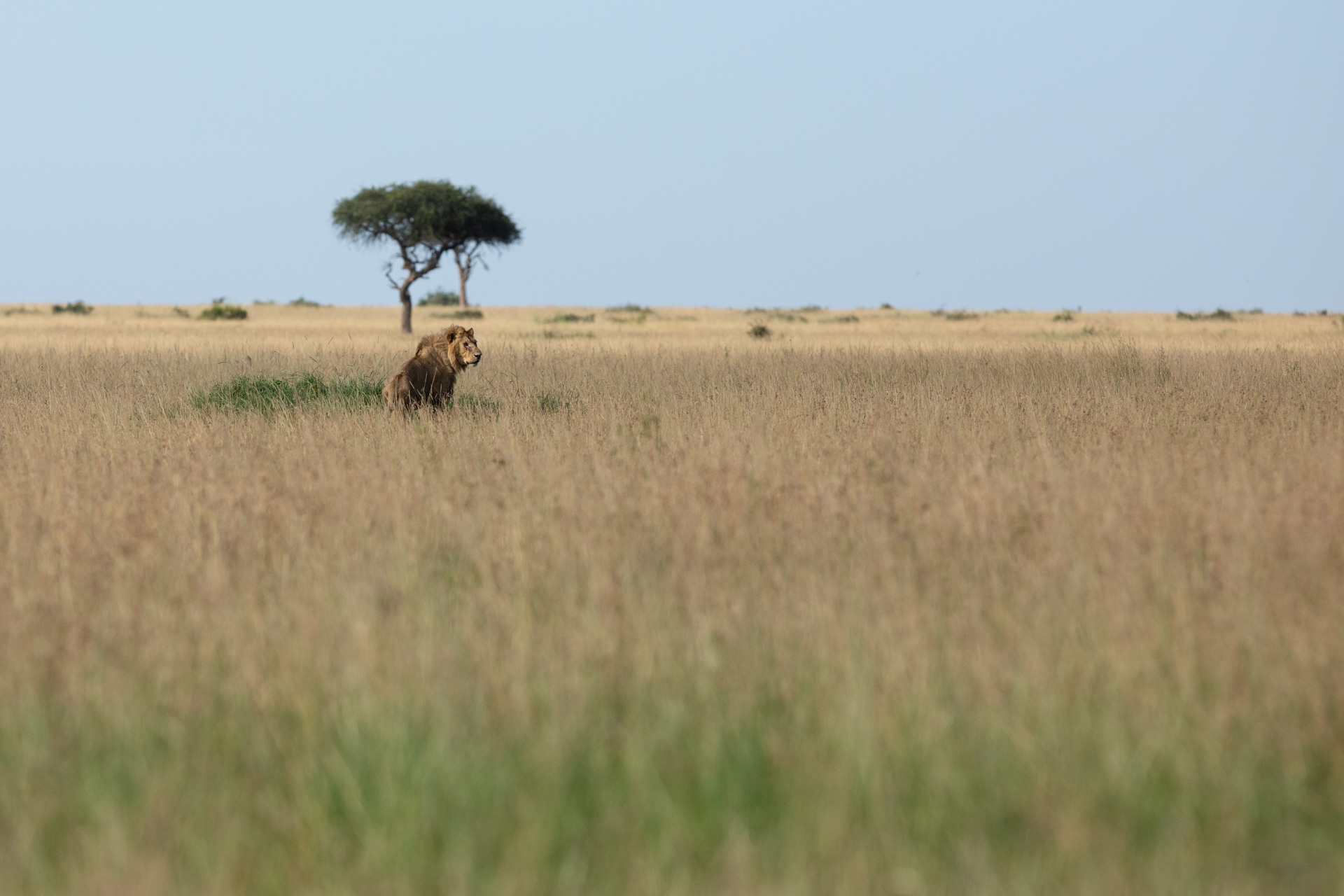
One such male lion, trailing this family, is the one with a cut-in-half tail. The locals here call him Prince Mkia. Amazingly, Mkia was seen the previous day with a coalition mate, all the way on the other side of the river by Musiara Airstrip. We watched him trailing this female, and her two cubs, for close on three hours. At one stage, the lioness caught a francolin, and just as she was about to give it to her cubs, Prince Mkia ran in and stole it. [f 5.0, 1/5000, ISO 640, -0.33]
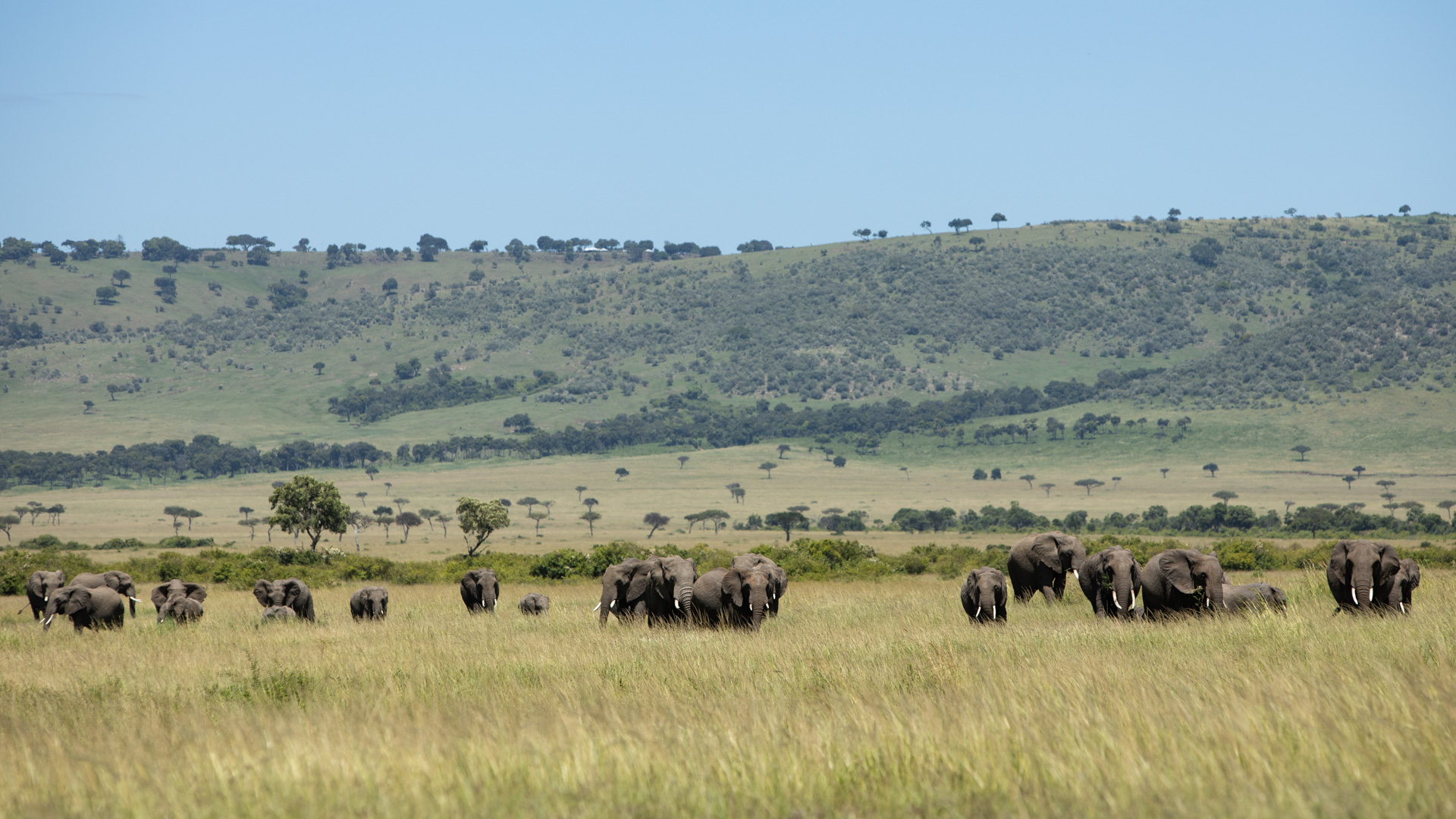
Spending time in this part of the Mara allows you to become familiar with the various elephant families and their daily rhythms. In the late afternoon, the elephants move up the escarpment and into the thicket areas. During the early mornings, they come down the escarpment – heading for the solace of the Mara River. [f 5.6, 1/500, ISO 100]
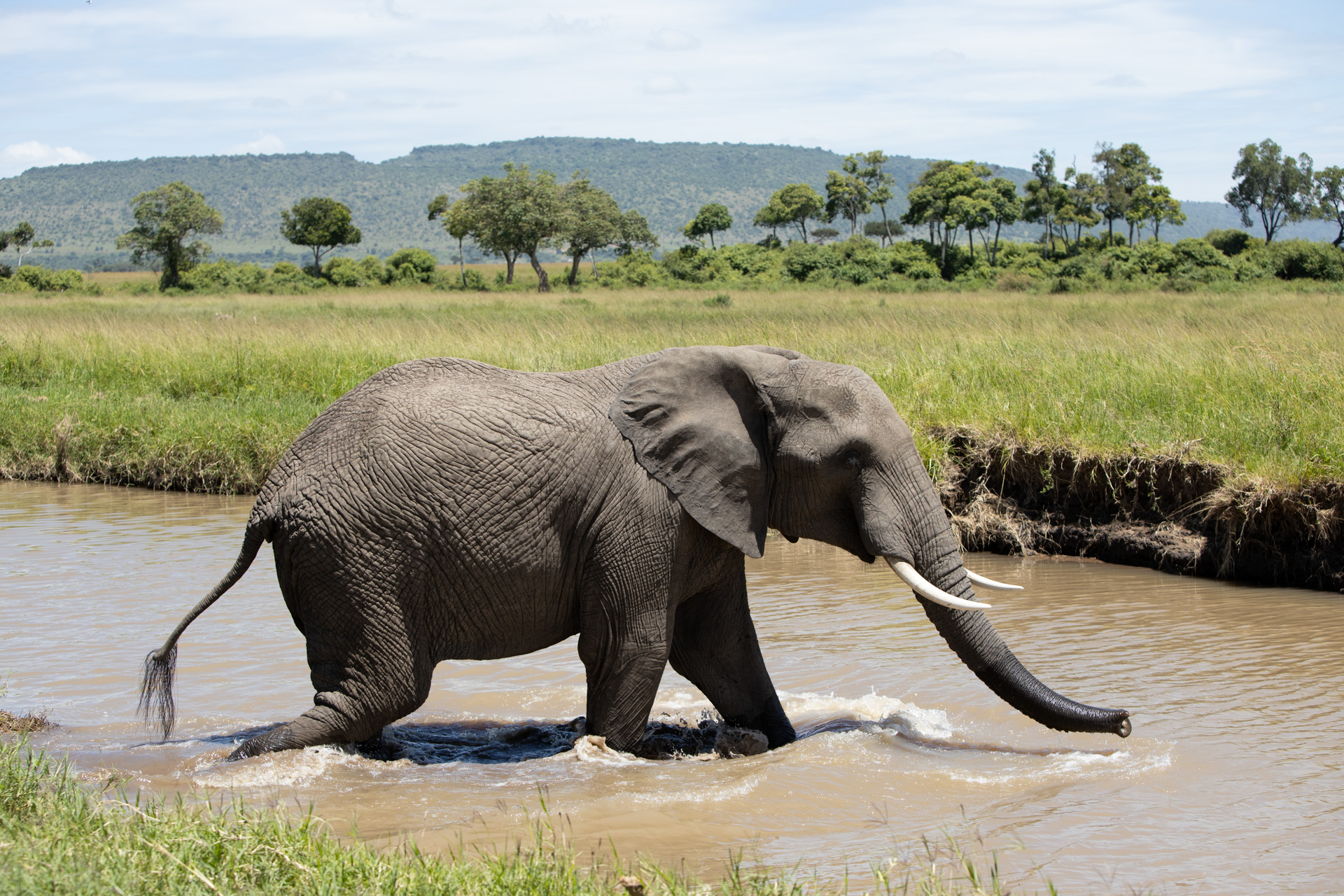
On the way, they will visit a few of the smaller water bodies, allowing for a drink, and very often a mud bath. [f 5.6, 1/1000, ISO 250, -0.67]

Spending time in the presence of elephants is one of the best things about the Maasai Mara – unlike in other parts of Africa where elephants can be aggressive and unpredictable, the Mara elephants are rather docile and ever so visitor-friendly. [f 5.6, 1/320, ISO 160, -0.67]
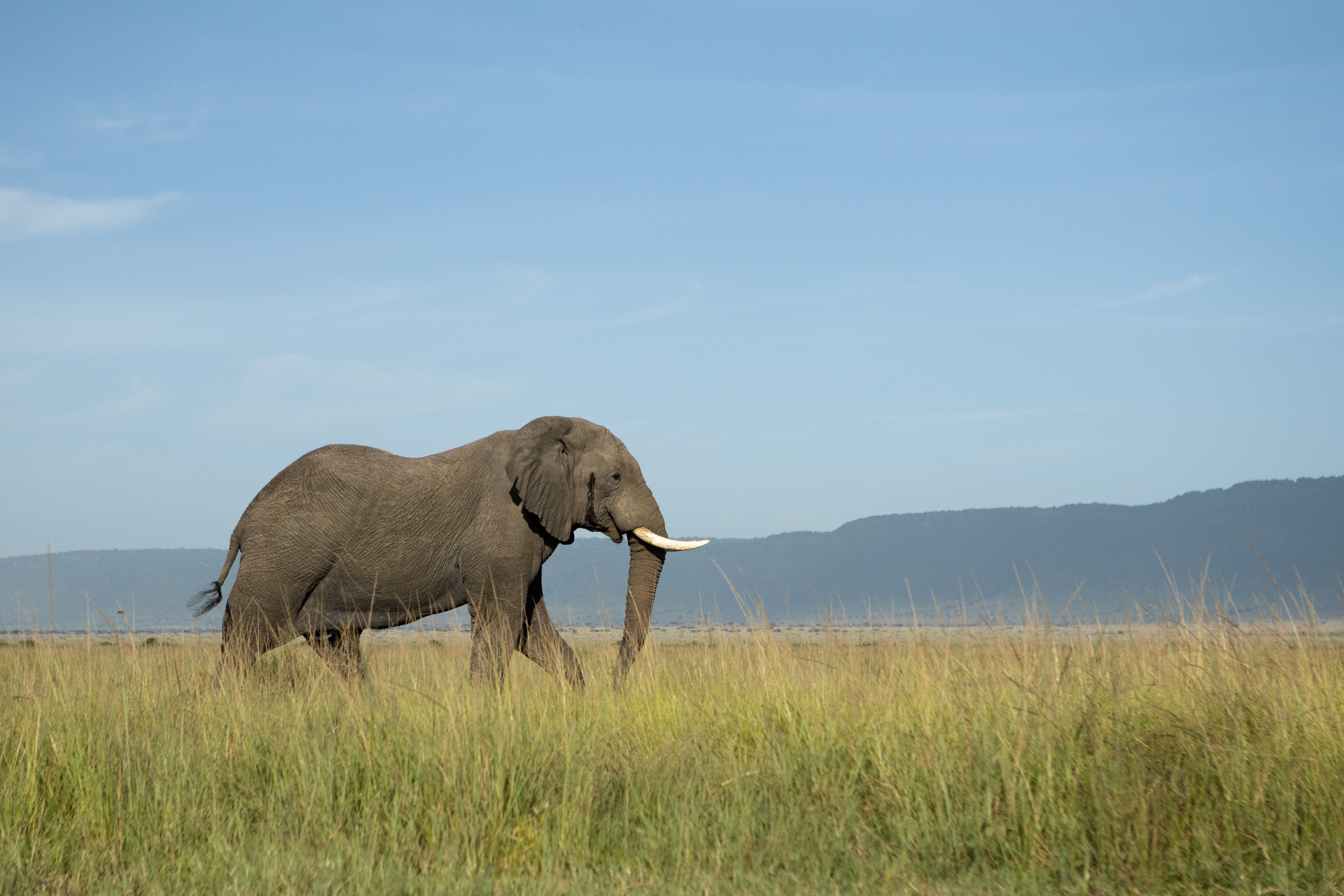
The tusks of the big bulls in this area are not as big as their famous Amboseli relatives. I believe that this is probably caused by a difference in diet. Here in the Mara, the elephants predominantly feed on grass, and very little tree-roughage. For grass-feeding there is little need at all for big ivory. [f 4.0, 1/2500, ISO 500]
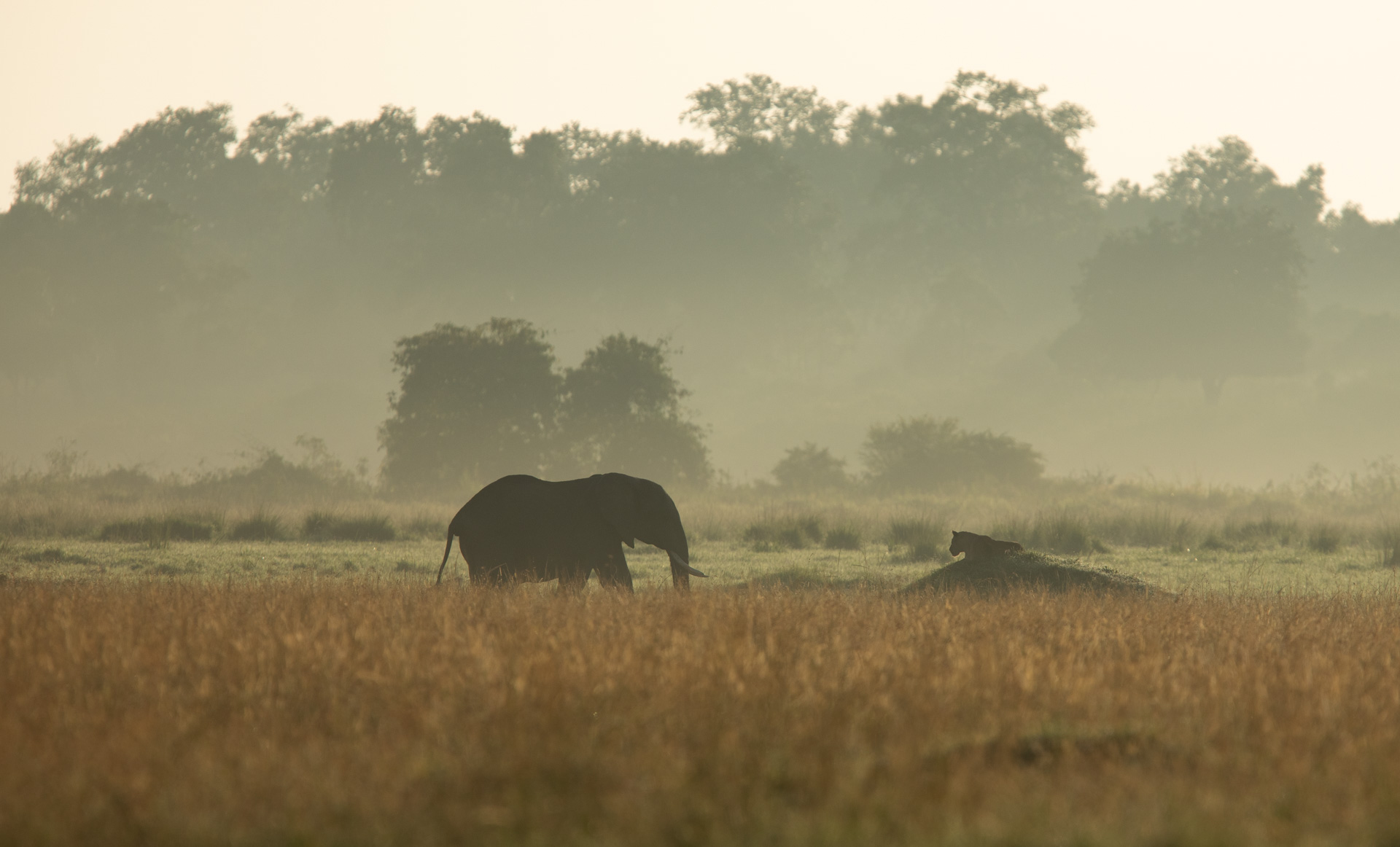
It is always special when the characters of the Mara momentarily interact. [f 4.5, 1/2000, ISO 200, -0.67]
THIS WEEK 2 YEARS AGO

Every year, the management of the Mara Conservancy put in a few controlled burns so as to remove some of the moribund grass cover and to promote new growth. This week, two years ago, they decided the timing and conditions were dry enough to burn – 10 hours later and the gentle rains arrived; perfect conditions for excellent grass management. This year, however, exceptionally late and substantial rains have meant that the grasslands are all still far too moist to burn. The differences from year to year in climate and conditions on the ground are truly remarkable, and it just shows the strength of a visual ‘diary’ and how useful a continual photographic series such as this can be. [f 6.3, 1/1200, ISO 200]
Note from the editor:
There is a blurry line here, and it is crucial to remember that the animals are not here to perform for us – they are going about their daily lives regardless of our presence. It stands to reason, however, that going out every day, and seeing these same animals day in and day out, we all tend to form a bond, creating stories and making connections in our mind.
TAGGED WITH: Angama Mara, Elephant, This Week At Angama, Angama Guest Experience



COMMENTS (1)
Penny Skehan
February 23, 2020Wonderful story telling and beautiful photography as usual. I really liked how personal the stories of the individual animals were this week. Thank-you.
REPLY